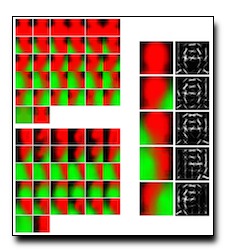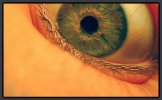
Occlusion poses a significant difficulty for object recognition due to the
combinatorial diversity of possible occlusion patterns. We take a strongly
supervised, non-parametric approach to modeling occlusion by learning
deformable models with many local part mixture templates using large quantities
of synthetically generated training data. This allows the model to learn the
appearance of different occlusion patterns including figure-ground cues such as
the shapes of occluding contours as well as the co-occurrence statistics of
occlusion between neighboring parts. The underlying part mixture-structure
also allows the model to capture coherence of object support masks between
neighboring parts and make compelling predictions of figure-ground-occluder
segmentations. We test the resulting model on human pose estimation under
heavy occlusion and find it produces improved localization accuracy.
Download: pdf
Text Reference
Golnaz Ghiasi, Yi Yang, Deva Ramanan, and Charless Fowlkes.
Parsing occluded people.
In
CVPR. 2014.
BibTeX Reference
@inproceedings{GhiasiYRF_CVPR_2014,
AUTHOR = "Ghiasi, Golnaz and Yang, Yi and Ramanan, Deva and Fowlkes, Charless",
TITLE = "Parsing Occluded People",
BOOKTITLE = "CVPR",
YEAR = "2014",
tag = "object_recognition,people"
}
